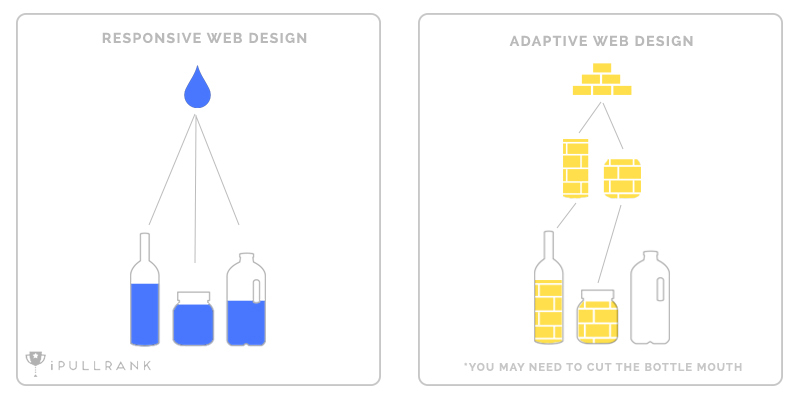
RESPONSIVE RESIZE IMAGE NEXT TO EACH OTHER FULL
The full syntax for displaying an image is: Other media types may be supported, but it may not be possible to display them inline. See Manual:How to use DjVu with MediaWiki Only a single page of a. djvu - multipaged bitmap documents in the DejaVu format (most often, scans of books). Often used in conjunction with Extension:PdfHandler
RESPONSIVE RESIZE IMAGE NEXT TO EACH OTHER PDF
pdf - multipaged documents in the Portable Document Format (initially specified by Adobe). Often used with Extension:TimedMediaHandler Not an image format, but treated similarly. Often used with Extension:PagedTiffHandler. Often used for high-resolution archival photographs. svg - scalable image in the Scalable Vector Graphics format (specified by the W3 Consortium). Other formats used on Wikimedia, and commonly enabled elsewhere (these may require extra set-up beyond what is enabled by default): gif - bitmap image in the legacy Graphics Interchange Format.

png - bitmap image in the Portable Network Graphics format (specified by the W3 Consortium). jpeg - bitmap image compressed in the standard JPEG format (this lossy format is most suitable for photographs). The following file formats are supported by default: The alternate Media: namespace prefix is also usable to reference the original media file content (for rendering or downloading it separately, out of any MediaWiki page). Images that are stored on a MediaWiki server are usually rendered by using the File: namespace prefix (but the legacy Image: namespace prefix is still supported as a synonym) as the target of a MediaWiki link. You or another user must usually upload an image before you can use it on a page. This page explains the image syntax when editing the wiki.


 0 kommentar(er)
0 kommentar(er)
